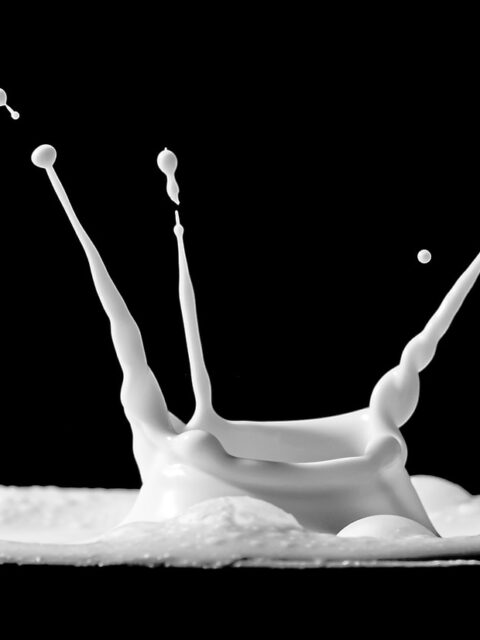Tofu, also known as bean curd, is a plant-based protein source that has been used for centuries in various cuisines. At its core, tofu is made from soybeans by curdling soy milk and pressing the resulting curds into blocks.

The main bioactive compounds in soybeans are isoflavones, which belong to a class of phytochemicals called flavonoids. Isoflavones are found abundantly in certain plants, with soybeans being one of the richest sources of them. Isoflavones closely resemble the structure of the hormone estrogen (a group of hormones that is responsible for the development and regulation of the female reproductive system), leading them to be classified as phytoestrogens.
Phytoestrogens are plant compounds that can weakly mimic or interact with estrogen receptors in the human body.
Isoflavones, such as genistein and daidzein, have been associated with antioxidant and anti-inflammatory properties, as well as potential estrogenic activity due to their structural similarity to estrogen hormones.
In addition to isoflavones, tofu is rich in proteins, as it contains all the essential amino acids needed by the human body. Tofu is a complete protein source which makes it an excellent option for vegetarians and vegans.






